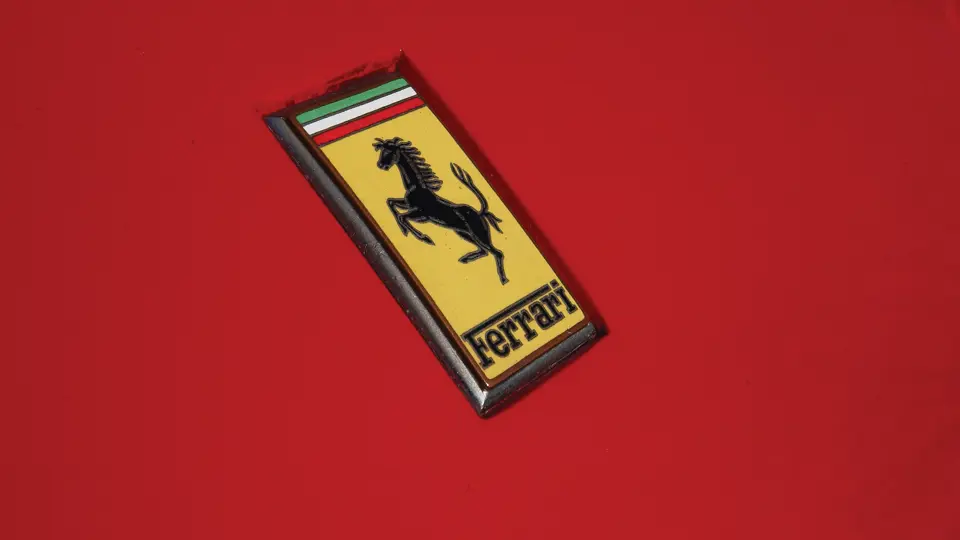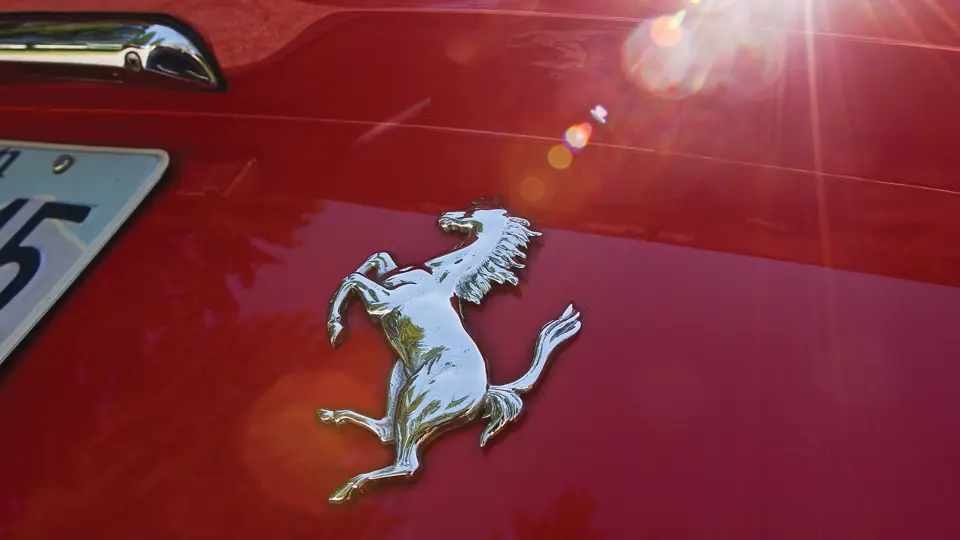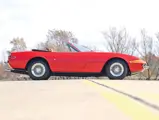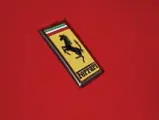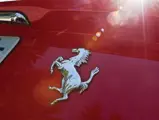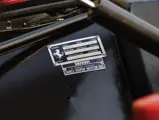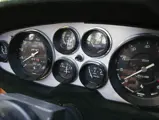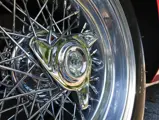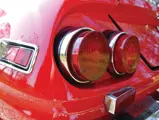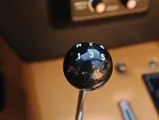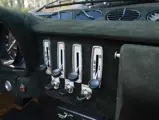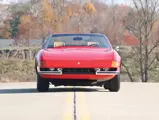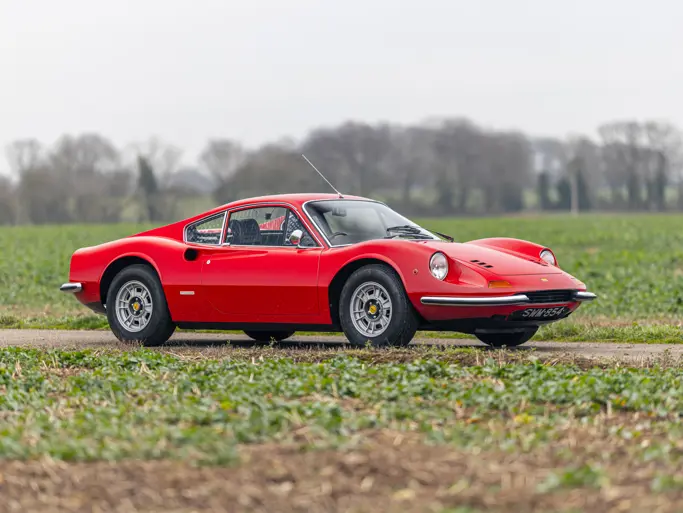352 bhp, 4,390 cc DOHC V-12 engine, six Weber twin-choke carburetors, five-speed manual gearbox in rear transaxle, four-wheel independent suspension with coil springs and wishbones, and four-wheel hydraulic disc brakes. Wheelbase: 94.5"
• Offered from 23 years of single ownership
• Desirable colors; books and tools
• The world’s fastest production car upon introduction
• One of 121 factory-built Daytona Spyders
• Matching numbers
The ultimate expression of the front-engine V-12 Ferrari concept, the 365 GTB/4 is instantly recognizable. Illustrating Enzo Ferrari’s maxim that “the horse does not push the cart, it pulls,” the Daytona’s long hood practically places the driver between the car’s rear wheels.
The Daytona had a tubular steel frame, and the body featured a horizontal body-side crease just below the level of the wheel-wells. Early models had full-width plastic headlight covers, but all had pop-up lights from 1970 onwards. The chopped-off Kamm tail contained two taillights on each side, and aluminum was used for the doors, hood and trunk lid. Cromodora five-spoke wheels were standard.
Each Daytona 364 GTB/4 cost $19,500 when a contemporary L88 Corvette could be had for $5,600. However, its peerless mechanical specifications delivered on the Daytona’s claim to be the fastest production sports car in the world, with the factory’s claimed top speed of 174 mph. The four-cam V-12 engine displaced 4.3 liters and cranked out 352 horsepower, lending authority to the car’s velocity. Road and Track’s Dean Batchelor photographed an indicated 180 mph at a flat-out 7,000 rpm, and even when the speed was calculated exactly later, it still came out to be 173 mph.
The Daytona was introduced at the Paris Salon in 1968, and while not everyone liked the strip-light covered headlights and quibbled about heavy steering and the pedal arrangement, there was general agreement that it was great fun to drive—even more so the faster you went. Almost immediately, the era’s social elite, as well as the top film and rock stars, clamored for one of their own 365 GTB/4s.
Le Mans winner for Ferrari and lifetime auto journalist Paul Frere reported 176 mph in Autostrada traffic in 1969, and while he loved the car, he semi-humorously observed the radio was useless above 120 mph. Still, as he said, “If you go faster, it’s the engine that makes the music, the finest music of all to the ears of the enthusiast and the music he can enjoy in a well-sprung car, fitted with such amenities as electric window lifters, air conditioning and a really capacious luggage locker—a Grand Touring car par excellence.”
Despite its sheer brilliance, however, the 365 GTB/4 Daytona marked the end of an era. Fiat had bought 40 percent of Ferrari and was rationalizing production cycles to eliminate all the one-offs, special projects and the other idiosyncratic Ferrari processes that evolved as the company developed over the previous decades. Fewer changes were made to the Daytona than previous models, and these changes tended to be universal when they were executed. For example, the United States’ ban on the Daytona’s early covered headlights led to the use of pop-up lights on all later cars, regardless of their ultimate destination.
There were only 121 original convertible “spyders” built by the Ferrari factory, although many coupes were modified to convertible form in later years, and there were 15 Factory Competition Daytonas built, with about five more privately constructed. While the model was conceived from the outset as a grand touring car, the Competition Daytonas won the Tour de France in 1972, their class at Le Mans in 1973 and 1974 and their class at Daytona in 1973 and 1975. Finally, at an age when it shouldn’t have been possible, a 365 GTB/4 finished second overall at the 1979 24 Hours of Daytona.
The 1973 Daytona Spyder offered here, chassis 16705, is an original left-hand drive, U.S.-specification car, the 84th of the 121 Daytona Spyders built by Ferrari. Originally finished in Verde Pino (Pine Green) with beige upholstery, 16705 was factory-equipped with air conditioning, instruments calibrated in miles and a US-specific rear license-plate frame. Once completed, it was exported the United States and delivered to Chinetti-Garthwaite Imports of Paoli, Pennsylvania, outside Philadelphia. During the late-1980s, Brian Burnett at Ferrari of Los Gatos, California restored the Spyder.
Since September 1988, the car has been in the same ownership, a remarkable period of 23 years. It has been maintained in proper, climate-controlled storage ever since. As offered now, it is finished in red, complemented by tan upholstery with black inserts. A recent drive by an RM Car Specialist confirms that the Spyder starts, runs and drives nicely, with the brakes operating as they should, without any pulling. In addition, 16705 is complete with such highly valuable books and tools as a very good original Daytona Owner’s Manual with a reproduction manual pouch, additional instructions (U.S. version), a jack kit and bag and an attaché tool kit in virtually perfect condition.
Although the Daytona was initially conceived as an interim model for the long-awaited 365 GT4 Berlinetta Boxer, it was released as the fastest and, for legions of Ferrari enthusiasts, the most desirable car in the world. While Ferrari ultimately conformed to the rising trend of mid-engine “supercars” with the later Berlinetta Boxer and Testarossa, the classic Ferrari formula of a front-mounted V-12 continues to show its appeal in Ferrari’s current road models. Now four decades after its debut, the 365 GTB/4 Daytona and the achingly beautiful Daytona Spyder variant maintain their status among the sports car elite. After 23 years of single ownership, 16705 is a wonderful representative of this rarified breed.


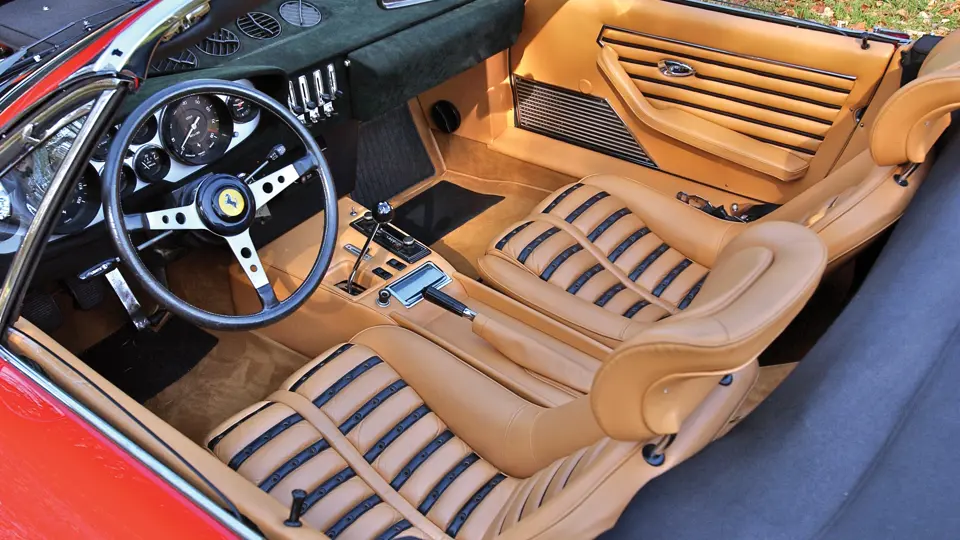

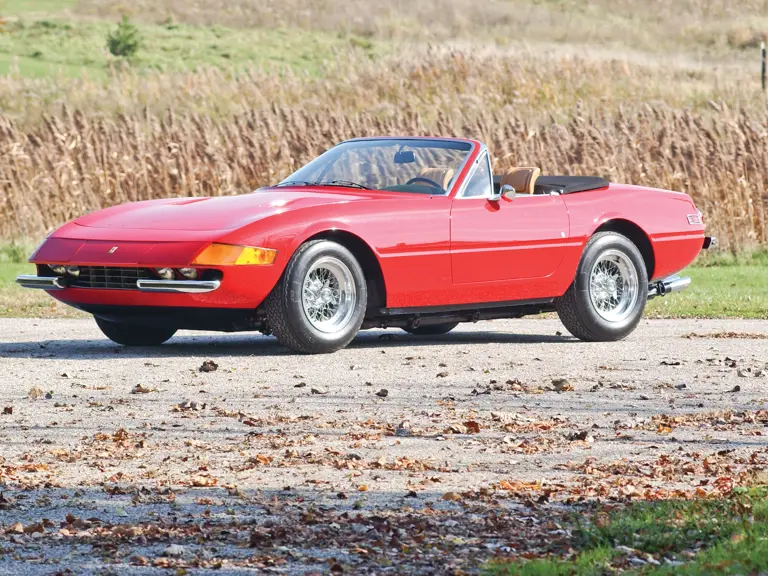
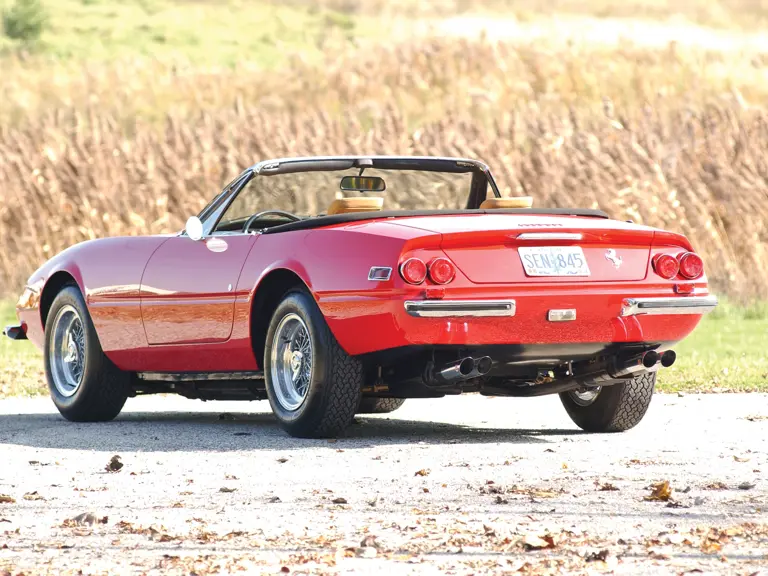
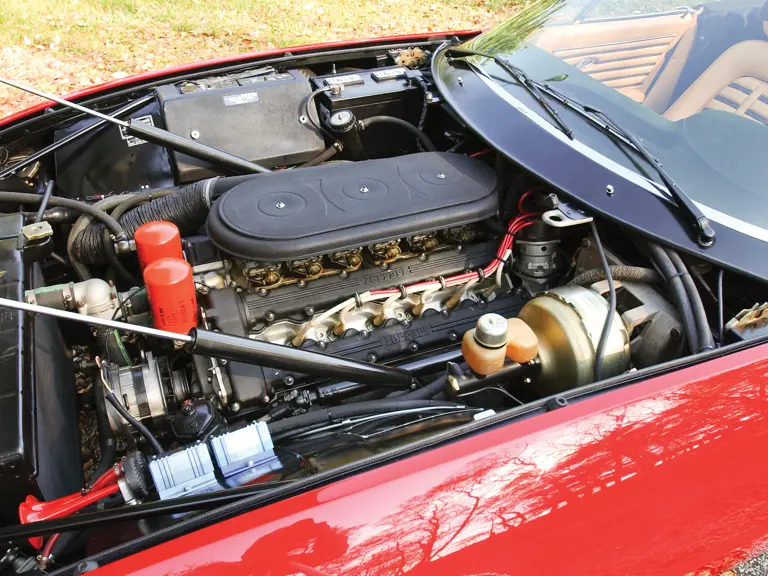
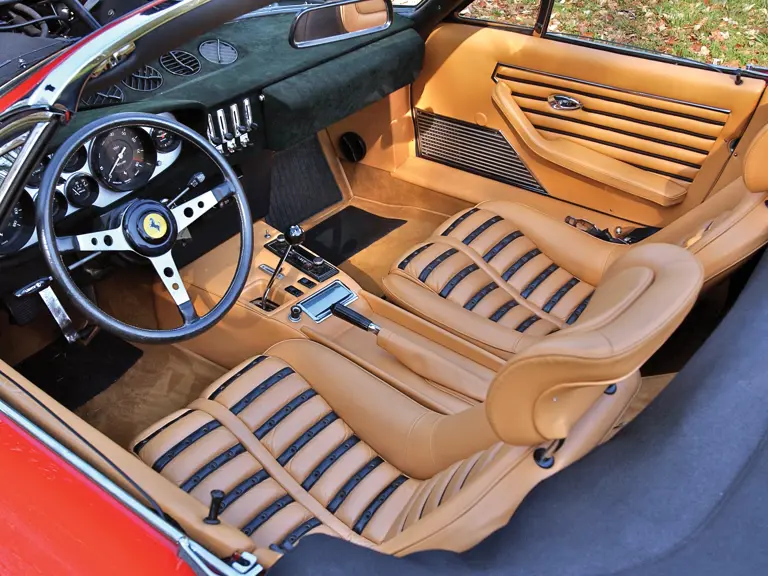

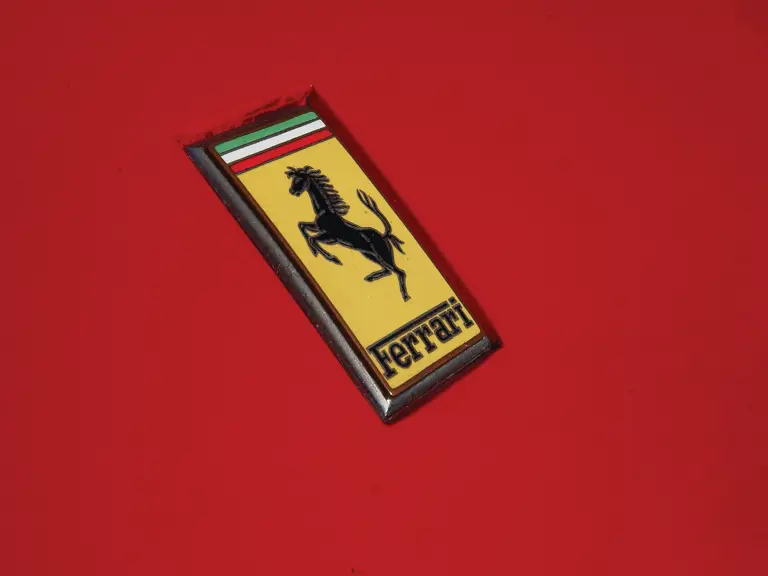

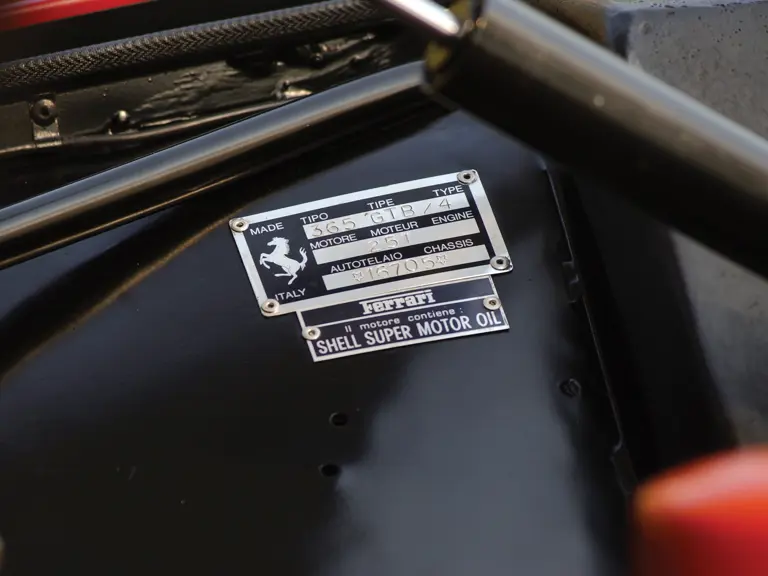

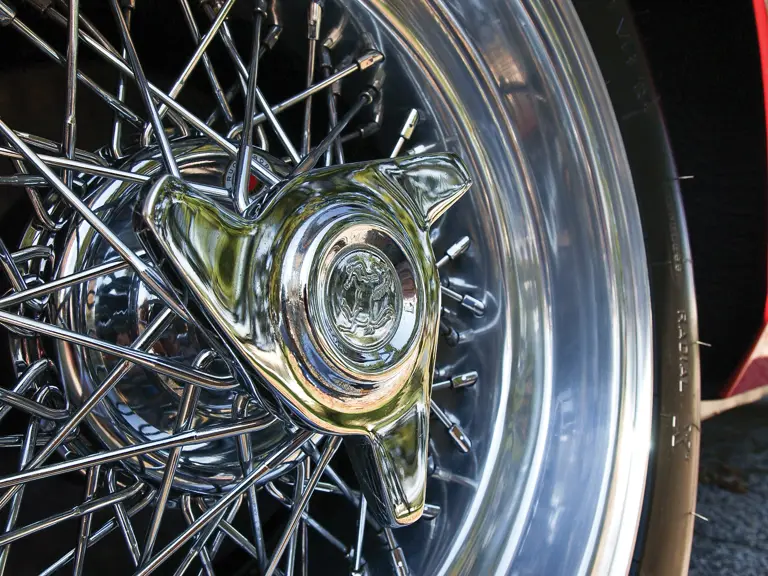
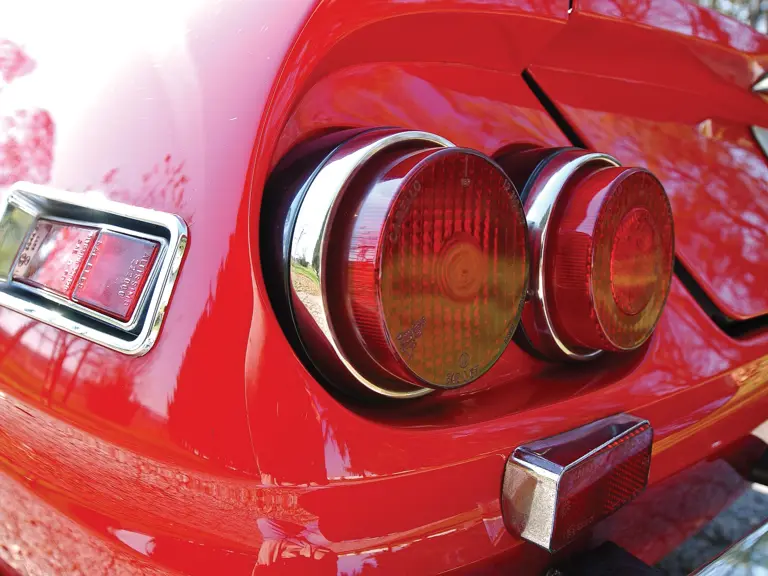
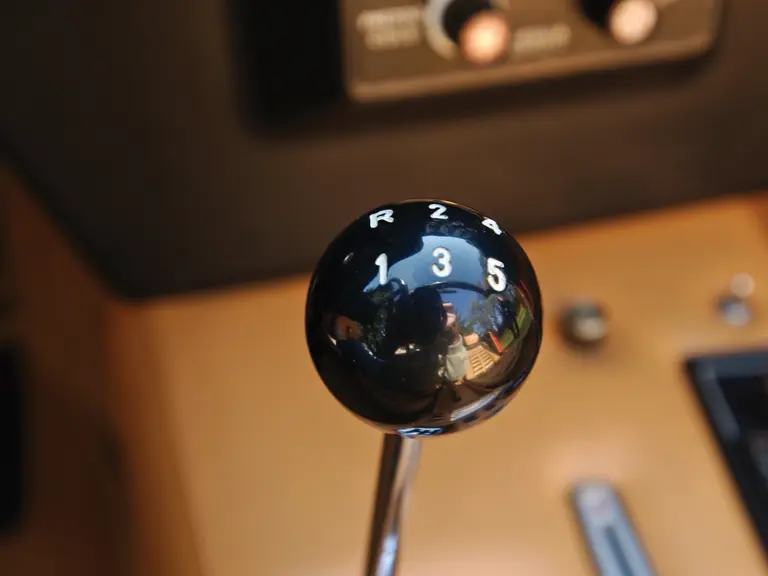
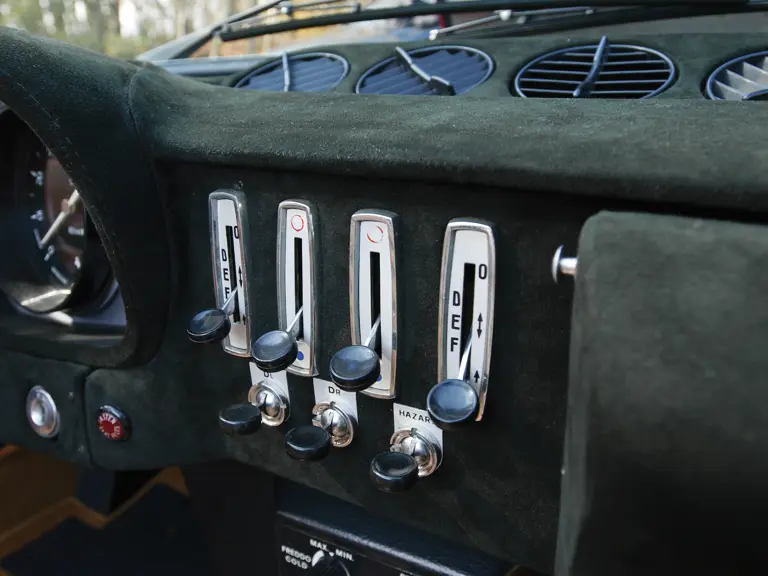
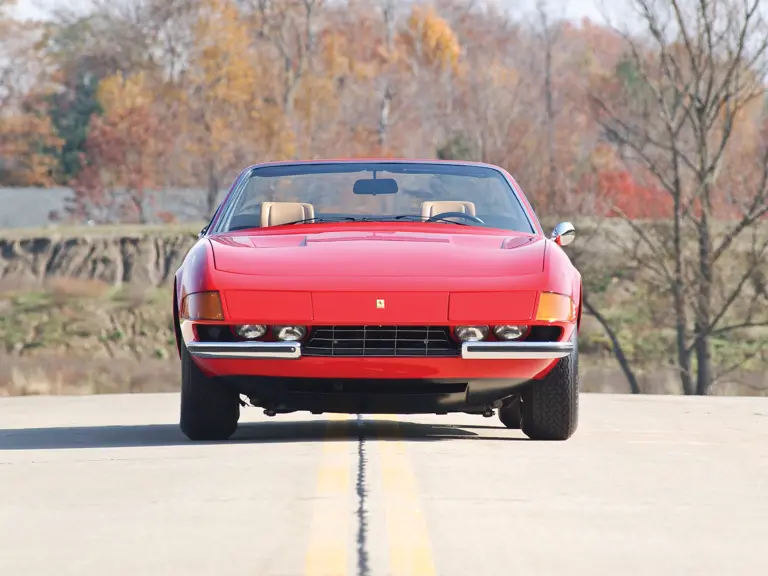
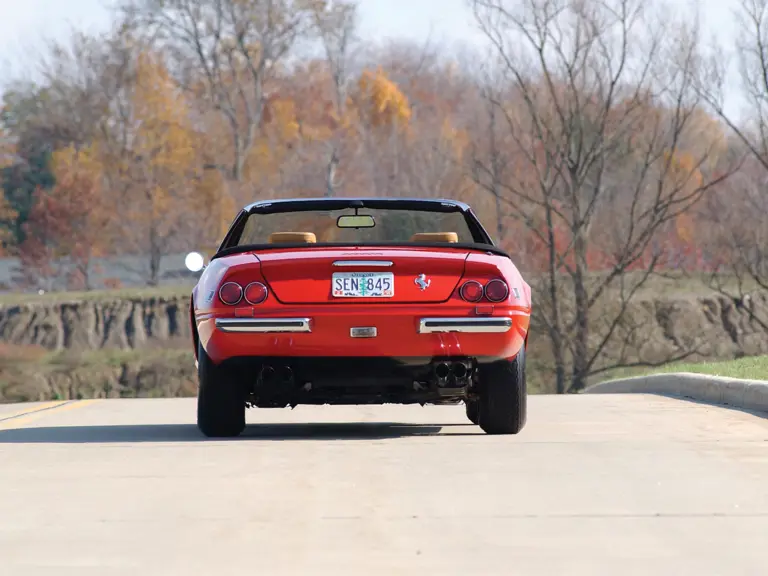
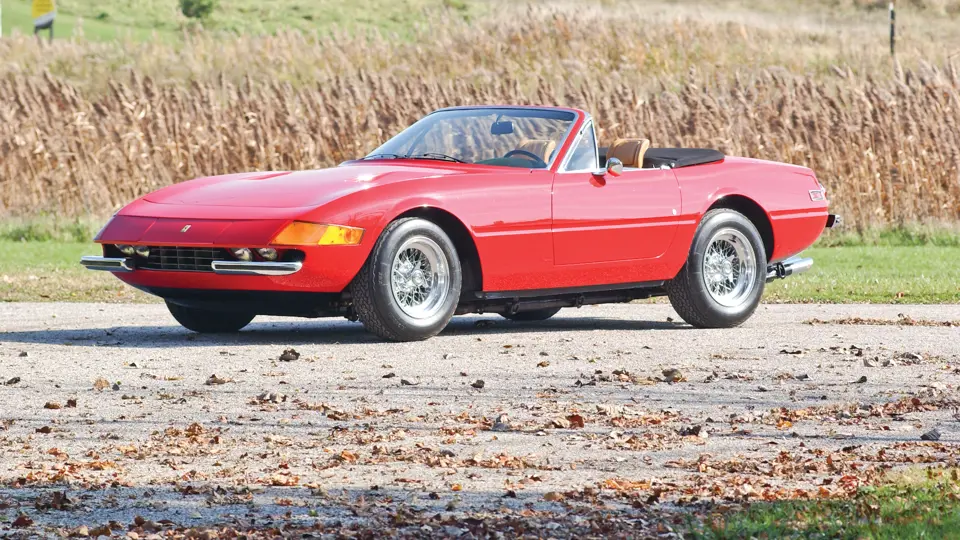
 | Phoenix, Arizona
| Phoenix, Arizona

